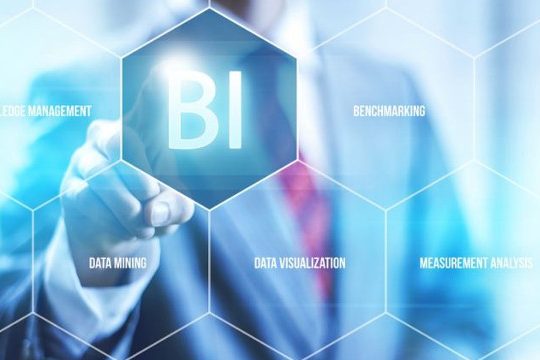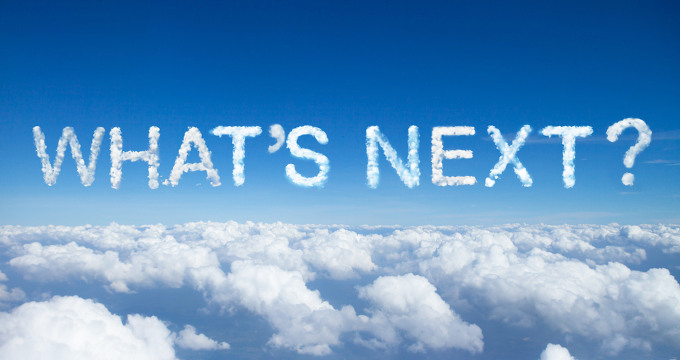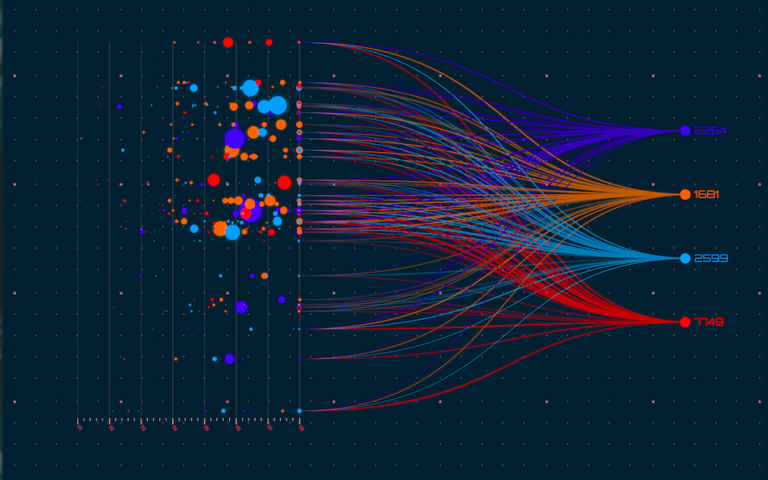Caught in the Big Data Deluge? – What About Mastering Little Data First
What exactly is Big Data? It covers structured and unstructured data and means different things to different people. It has been eloquently defined in seven different ways by Timo Elliot of SAP. It apparently was first coined back in 1998 by John R. Masey, Chief Scientist at SGI according to a quick gallop through Big Data History by Forbes contributor Gill Press. At that time the Internet was still in its infancy and not the ubiquitous non-structured data generation tool that it has become today. Then there were only 147 million or 3.6% of the world’s population who enjoyed access to the Internet. Compare that to the estimated 2.9 billion or 40.7% today as reported by Internet World Stats. Network power has improved, hardware and software is getting cheaper, storage costs have tumbled. Big data is heralding an age not just of explosive data growth, but also in the way in which large amounts of data including information about customer buying patterns, behaviours, etc. can be used to spot trends and make big-picture decisions.
Those working and consuming data in the travel industry have two realities to contend with:
There is an overwhelming volume of data making it difficult to recognise which information is significant and which is pure noise. This means a lot of data needs to be sifted and monitored. In the travel industry, keeping an eye on social media reviews, is especially important for reputational reasons.
There is a Big Data bandwagon that has been picking up momentum over the last couple of years, fuelled by big consultants, renowned academics, conference organisers, journalists, software and hardware giants, software engineers, data specialists and even venture capitalists. Rarely has a bandwagon attracted so much attention or so many passengers, and stirred up so much desire mixed with confusion and fear.
Much is being written about Big Data, to the point that most CEOs are taking note but find it difficult to perceive where hype ends and reality starts. Giants like Google and Amazon, whose very existence and business models revolve around the Internet have demonstrated the competitive leadership that the effective exploitation of data can bring. Technology titans like IBM, HP, INTEL, SAS and many more are investing huge amounts in their Big Data offerings. At the same time, winning and keeping the customer through improved personalised offerings is the competitive challenge that needs to be successfully addressed to survive.
Nevertheless business leaders are understandably weary due to a number of factors such as:
- Getting fingers burnt on earlier expensive data projects that didn’t yield expected results.
- Recognition that the company is not making sufficient use of the data it already has.
- Difficulty in identifying the right data and determining how to use it make the right business decisions.
- Recognition that embracing big data and the integration this demands will impact processes not just in one area but across the enterprise.
- Concern that the company is not ready to bite off more data than it can chew – in terms of cost, resources that need to be deployed, impact on structures, etc.
So for a host of reasons, it can be tough for business leaders to take the plunge into the big data lake.
The basic premises of Big Data appear to be the more data the better and the volume, variety, and velocity empowers the customer experience with predictions and possibilities. The truth is that the solution to customer satisfaction—and the identification of strategic opportunities—often lies in the realm of Little Data, not Big Data.
For example what information is needed from a customer to offer a customised experience?
For a travel product shopping search the context of the search or indeed searches can tell a lot about the motives behind the trip. Family trip, leisure weekend, mid-week business meetings, adventurers, romantics, etc. Deciphering the information embedded in the XML based search gives lots of clues about the nature of the trip. Listening to these buying signals and responding with more targeted choices, rather than all options available, will help to narrow the search and secure the booking.
For returning customers, using their own customer management systems (CRM) to record preferences, airlines can determine a passenger’s seat preference (aisle or window), car rental companies can determine what type of car they like to drive, a hotel can work out a guest’s preferred room type or location.
The key is to use the data available to create a more targeted or personalised customer experience. Much of this data can be tapped into today with existing systems. These finer touches do not depend on a Big Data environment, but tapping into existing data and applications, and making use of that data to zero in on a customer’s stated needs or preferences to improve the shopping experience. The result can be repeat business that can ultimately lead to customer loyalty.
Whether you’re an advocate of Big Data or a sceptic you are never alone as there are plenty of articles justifying both positions, often in the same publication.







